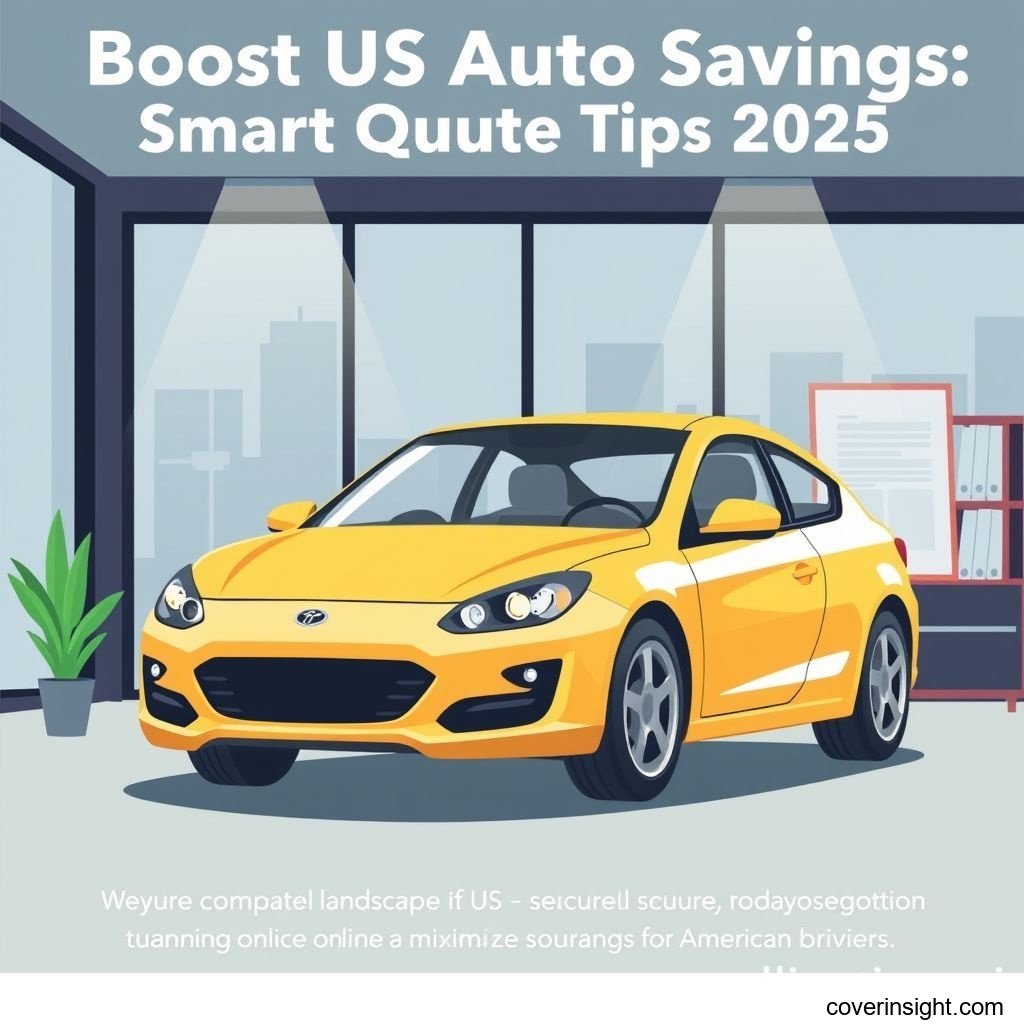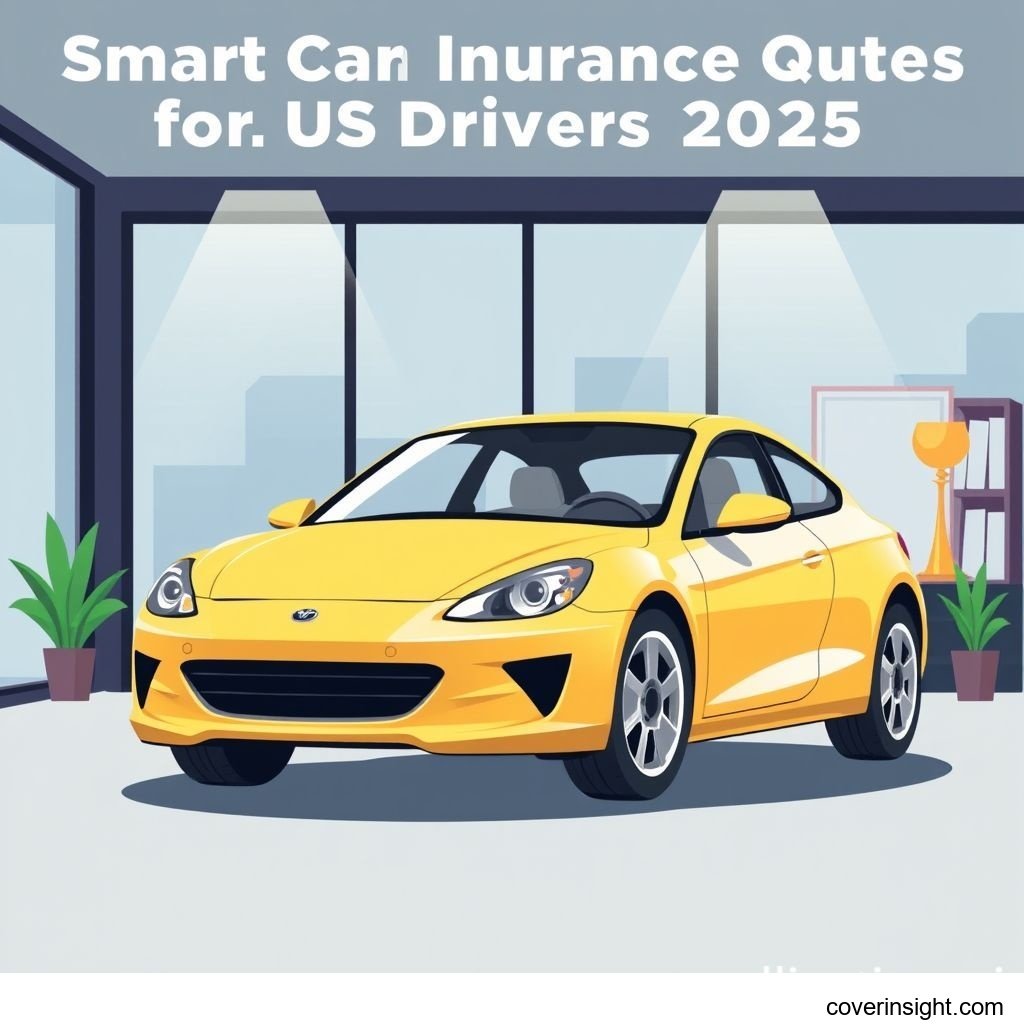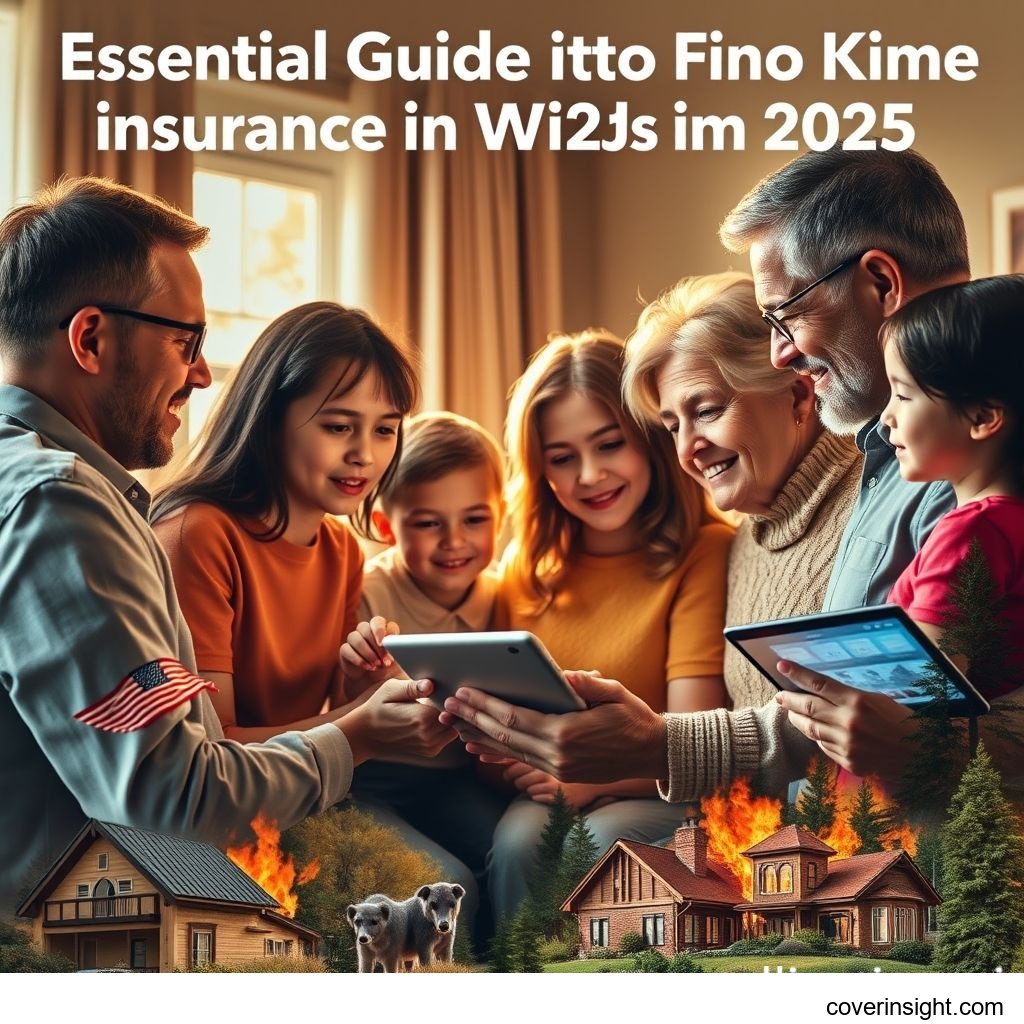Boost US Auto Savings: Smart Quote Tips 2025
Introduction
The year 2025 ushers in a dynamic era for auto insurance in the United States, making it more crucial than ever to pinpoint potential coverage gaps. Understanding exactly what your policy does – and doesn't – cover isn't just about peace of mind; it's about protecting your wallet from unexpected financial hits. Identifying these gaps beforehand can be the difference between smooth sailing after an incident and hitting a rough patch when you least expect it. It’s an essential step towards securing not just your vehicle, but your financial future on the road.
Coverage Details
Navigating the complexities of auto insurance can feel like trying to solve a puzzle blindfolded. However, breaking down what's included and what's often left out is the first step toward smart savings and robust protection.
What’s Included
Typically, a standard US auto insurance policy comes with several core components designed to cover a range of scenarios. Liability coverage, which is mandatory in most states, protects you financially if you're at fault in an accident, covering damages to other people's property and their bodily injuries. Beyond that, comprehensive coverage steps in for non-collision incidents like theft, vandalism, fire, or natural disasters. Collision coverage, on the other hand, pays for damages to your own vehicle resulting from a collision with another car or object, regardless of fault. Many policies also include uninsured/underinsured motorist coverage, which is a lifesaver if you're involved in an accident with someone who lacks sufficient insurance. For more detailed information on various policy types, you might find valuable resources at "Insurance Resources Global".
Common Exclusions
While policies offer broad protection, they're not a catch-all. Common exclusions can leave you exposed if you're not careful. For instance, most standard policies won't cover wear and tear, mechanical breakdowns, or routine maintenance. Customizations or aftermarket parts often require additional endorsements if you want them covered. Ridesharing activities, like those for Uber or Lyft, are typically excluded unless you have a specific rideshare endorsement, which many personal policies don't automatically include. Another frequent gap involves "gap insurance" itself; if your car is totaled and you owe more on your loan than the car's actual cash value, your standard policy won't cover that deficit. This is a common pitfall, and according to data from the Insurance Information Institute, a significant portion of drivers in the US are unaware of this potential exposure. It’s essential to review your policy thoroughly and ensure it aligns with your specific needs.
Cost Analysis
Understanding how your premiums are calculated and, more importantly, how to trim those costs without sacrificing vital coverage, is key to smart auto savings in 2025.
Price Factors
Auto insurance premiums are determined by a complex algorithm that considers numerous factors. Your driving record is paramount; a history of accidents or traffic violations will almost certainly lead to higher rates. Where you live plays a significant role too – urban areas with higher theft rates or accident frequencies often see steeper premiums. The type of vehicle you drive, its safety features, and even its repair costs can swing your rates. Your age, gender (in states where it's permitted), and credit score (in most states, as allowed by law, which a 2023 report from the National Association of Insurance Commissioners highlighted as a persistent factor) also weigh in. Even how much you drive annually can impact your quote.
Saving Tips
Saving on auto insurance doesn't have to be like pulling teeth. First off, consider bundling your auto insurance with other policies, like homeowners or renters insurance; most providers offer multi-policy discounts. Increasing your deductible is another quick way to lower your monthly premium, though it means more out-of-pocket if you file a claim. Many insurers offer discounts for good students, defensive driving courses, or if your vehicle has advanced safety features. As someone living in the US, I’ve found that even small things like maintaining a good credit score and asking about professional or alumni discounts can make a noticeable difference. It also pays to shop around; don't just renew your policy blindly. Tools available via "US Insurance Home" can help you compare quotes from various providers effortlessly. Remember, every dollar saved is a dollar earned, especially when balancing your budget.
FAQs
-
How much does coverage gap identification cost?
Identifying coverage gaps itself typically doesn't cost anything beyond the time it takes to review your policy or speak with an agent. Many insurers and independent brokers offer free policy reviews as a service. The "cost" arises if you choose to add coverage to fill those gaps.
-
What affects premiums?
Numerous factors influence premiums, including your driving record, vehicle type, age, location, credit score (in most states), annual mileage, and the specific coverages and deductibles you select.
-
Is it mandatory?
Auto insurance is mandatory in almost every U.S. state, though the specific minimum liability requirements vary significantly. For instance, as of 2024, New Hampshire is the only state where auto insurance is not legally required, though financial responsibility is still mandated.
-
How to choose?
Choosing the right policy involves balancing cost with adequate coverage. Start by assessing your personal risk tolerance, vehicle value, and financial situation. Compare quotes from multiple insurers, review what's included and excluded, and don't hesitate to contact your "State Insurance Departments" for consumer guides or to verify an insurer's license.
-
Consequences of no coverage?
Driving without mandatory auto insurance can lead to severe consequences, including hefty fines, license suspension, vehicle impoundment, and even jail time in some states. More importantly, if you cause an accident, you'll be personally responsible for all damages and injuries, which can lead to significant financial ruin. While not directly related to auto insurance, understanding your full financial health, including health insurance options found on resources like "Healthcare.gov", can help you manage potential personal injury costs if you're involved in an accident.
Author Insight & Experience
Based on my experience navigating the evolving landscape of auto insurance in the US, the biggest mistake drivers make is assuming they're fully covered simply because they have a policy. It’s like buying a house and assuming it comes with all the furniture. The truth is, the devil is in the details, and what you don't know can hurt you, especially financially. Taking the time to understand your policy, ask questions, and actively seek out potential savings isn't just about being a smart consumer; it's about empowering yourself to drive with genuine peace of mind. Every annual review of my own policy has revealed new opportunities to either enhance coverage or trim costs, proving that diligence truly pays off.








Comments